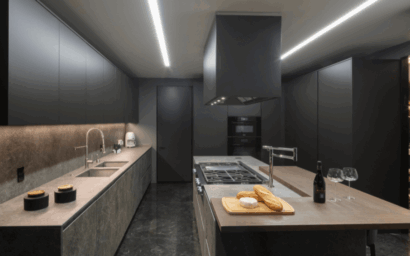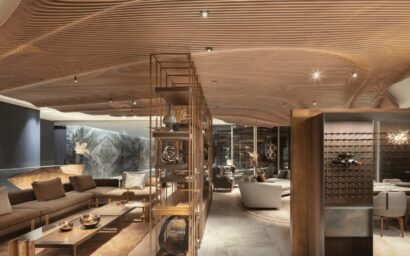Modern architecture is an architectural style that emerged in the 1920s due to accelerated industrialization and social changes.
This style’s evolution focuses on the construction’s function, approaching it analytically and rationally regarding using materials, eliminating ornamental overload, and opening to new technologies in machines, automation, innovation, and urban design.
One of the general principles of modern architecture is that form follows function, which means that the design must arise directly from the purpose of the construction.
This style rejects old, traditional, and historical ideas and techniques, and its characterized by eliminating unnecessary details to achieve a more straightforward and less loaded design.
Modern architecture uses new materials and advanced technology to focus on function, simplicity, and rationality.
Some of the characteristics that represent it are:
- A visual manifestation of the structure. It seeks to stop hiding the structural elements, making these structures become part of the design.
- The emphasis is on the nature of the materials. Materials focus on showing them in their most natural form, enhancing their colors and textures.
- The excessive removal of ornaments. It is one of this architectural style’s main characteristics, as it now seeks to give way to a more straightforward and cleaner aesthetic.
- Greater use of glass and natural light. The windows become a large expanse of glass that goes from floor to ceiling, which, in addition to providing a spectacular view, allows more natural light to enter.
- The implementation of open interior spaces. One of the determining points in modern architecture is integrating areas, eliminating the walls, doors, and corridors that usually generate this separation to reflect a more casual and relaxed way of life and encourage coexistence.

